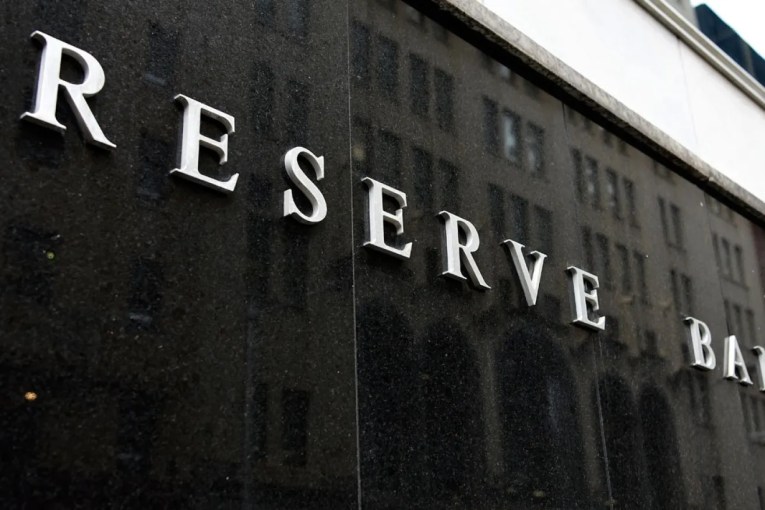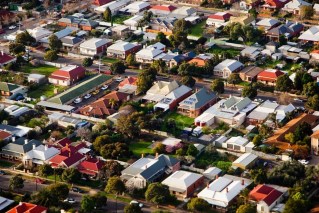Ask the Expert: Tax components and super – what happens (financially) after we die?


Leaving super to your estate can help minimise tax, but is the ectra effort worth it? Photo: Getty
- Question 1: If you leave your super to your estate (with specific instructions in your will as to the distribution of your super benefits), rather than nominating your adult children as your death benefit beneficiaries, do you consider it necessary to undertake the ‘re-contribution strategy’ if you have 100 per cent in the taxable component?
Good question, as this does cause some confusion.
Firstly, some background for the readers.
Your superannuation account will generally have a taxable taxed component and a tax-free component (some older government or corporate funds may also have a taxable untaxed component but this is outside the scope of this article).
When you pass away, your tax-free component will always be paid tax free to any nominated beneficiary.
Your taxable taxed component will also be paid tax free if the nominated beneficiary falls into one of the below categories:
- Spouse
- Child under 18
- A person with whom the deceased person had an interdependency relationship just before they died
- A person who was financially dependent upon the deceased person just before they died.
Therefore, if you nominate your adult children as beneficiaries (and they are not financially dependent on you) the taxable taxed component will be taxed at 15 per cent plus 2 per cent Medicare before they receive the benefits.
A popular strategy for people in this situation is to cash out some super after age 60, once you have met a condition of release, and put it back in via a non-concessional contribution.
While the money being withdrawn comes out proportionally between tax free and taxable components, the individual pays no tax on this.
When funds are re-contributed as a non-concessional contribution it all goes into the tax-free bucket, thereby reducing any future tax for beneficiaries.
For example, if you converted a $300,000 taxable component into a tax-free component via this strategy it could save an adult child $51,000 in tax ($300,000 x 17 per cent). Of course, this assumes the $300,000 will still be around when you die and not used to provide for your retirement.
Please also note there are contribution caps in place, so you must be careful with this strategy.
Now coming to your question, as you correctly imply, super is generally not an asset that gets dealt with via your estate, it generally gets paid out straight from the fund.
But again, as you point out, you can nominate your estate as the beneficiary. Then in your will you can nominate who you want to receive your super benefits, including adult children.
However, where this falls down is that your estate must follow the same rules as a superannuation fund, that is, deduct the required tax to pay to the ATO before paying the beneficiaries.
A death benefit paid to an adult child via your estate is effectively taxed the same as a death benefit paid directly via the super fund; however, the Medicare levy does not apply, so it would save them 2 per cent in tax only.
- Question 2. I own many shares in various companies which have been topped up via dividend to reinvestment twice a year for many, many years. If these are sold, how does the ATO calculate the capital gains (and some losses)?
Firstly, the ATO asks you to calculate the net gains, then include this figure on your income tax return to pay tax at your marginal tax rate.
To do this, the below steps are required:
You need a record of all share purchases as this forms part of your ‘cost base’. This includes your initial share purchases as well as every time you reinvested the dividends.
A dividend reinvestment plan is a great way to build wealth. It takes advantage of compounding and takes away the threat of you spending the money rather than automatically investing it.
The only downside is that is requires additional record keeping.
If you have been part of dividend reinvestment plan for many years, then you will have lots of little gains (and possible some losses) as each one requires a separate calculation as it has its own cost base.
Then:
- Add your capital gains together
- Deduct any capital losses
- Hopefully you still have a gain, then if you have held the investments for 12 months or longer you can apply the 50 per cent CGT discount.
Contrary to what many people believe, capital gains is not taxed separately. The net capital gain calculated above, then gets added to your income tax return and is taxed at normal income tax rates.
The ATO has a record-keeping tool and guide that can help you calculate the capital gains. Otherwise, an accountant can calculate the numbers for you.
- Question 3. If I sell my investment property and principal place of residence to purchase another principal place of residence and a flat for my son, do I still have to pay CGT?
Selling your principal place of residence incurs no capital gains tax.
Selling an investment property will incur capital gains tax if you have made a profit on the sale, regardless of your intentions for the proceeds.







